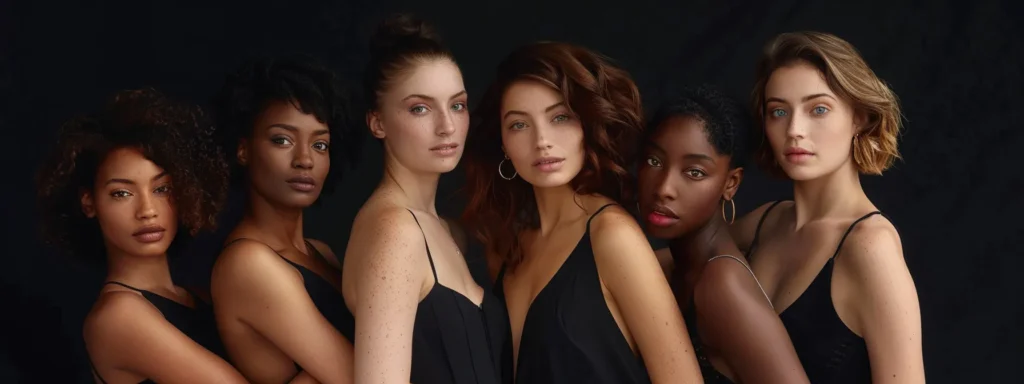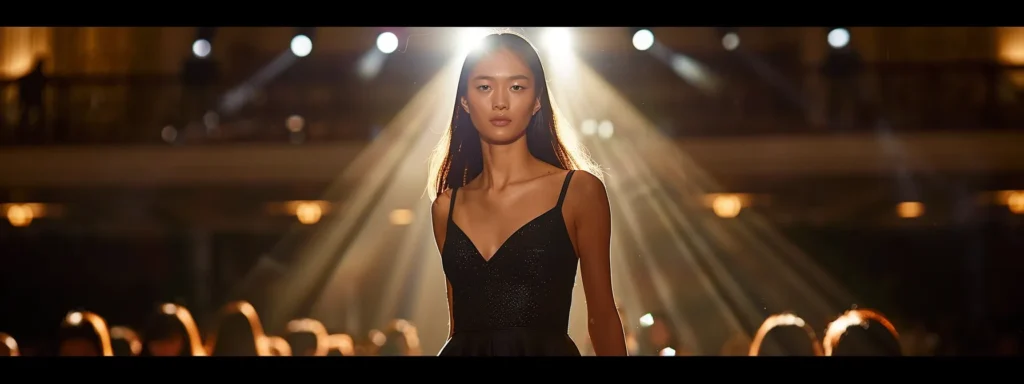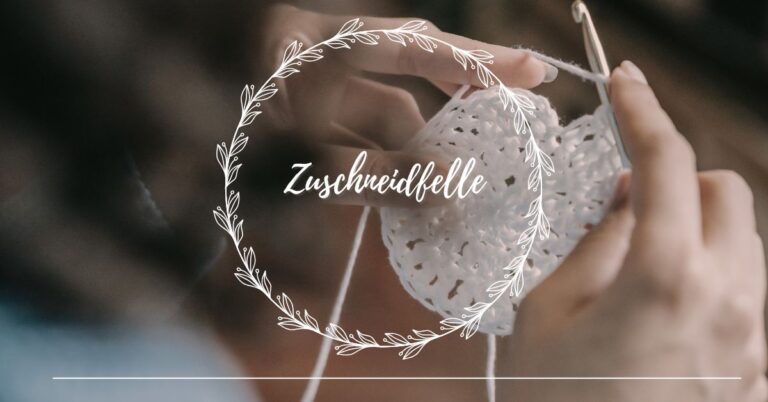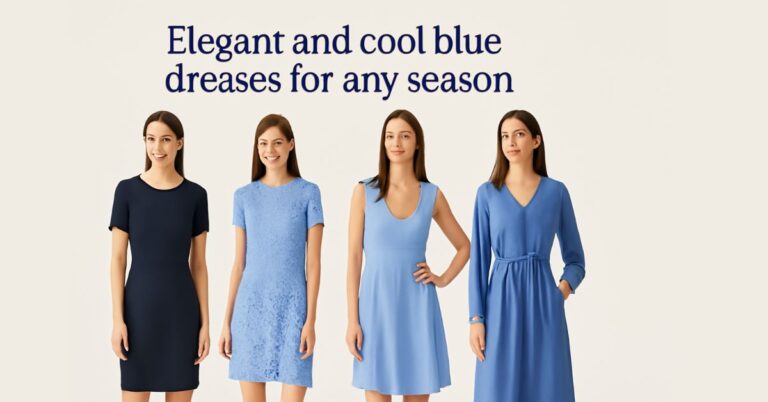The Timeless Appeal of the Little Black Dress: A Fashion Staple for Every Wardrobe

The little black dress, often abbreviated as LBD, is more than just a piece of clothing; it’s a fashion icon, a symbol of effortless elegance, and a testament to the enduring power of simplicity. Tracing its roots back to the 1920s with Coco Chanel’s revolutionary designs, the LBD has evolved to become a ubiquitous presence in nearly every woman’s closet. It transcends trends and cultures, making it perhaps the most versatile article of clothing. In this article, we’ll delve into the reasons behind its undying popularity and enduring appeal.
The Timeless Appeal of the Little Black Dress in Fashion History

The little black dress made its mark in the fashion world when Coco Chanel published a picture of a simple, elegant black dress in Vogue in 1926. It was hailed as Chanel’s Ford, likened to the Model T car for its accessibility and universality. This moment marked the beginning of the LBD as a symbol of democratic fashion, offering women of all classes a taste of sophistication and glamour.
The popularity of the LBD can also be attributed to its representation in popular culture and film. One of the most iconic images that solidified the LBD’s status was Audrey Hepburn’s portrayal of Holly Golightly in “Breakfast at Tiffany’s.” Hepburn’s Givenchy black dress has since become synonymous with chic sophistication and the epitome of evening wear.
In addition to its cultural significance, the little black dress has been celebrated for its democratic nature. It’s a piece that allows for personal expression, whether through accessorizing or the way it’s worn. Its history is not just a record of fashion, but also a reflection of social evolution and women’s changing roles in society.
How the Little Black Dress Adapts to Different Fashion Eras and Trends

The LBD is remarkable for its ability to evolve with the times while maintaining its fundamental identity. Throughout the 20th and 21st centuries, it has absorbed the defining features of each fashion era, from the flapper styles of the Roaring Twenties to the minimalist aesthetic of the 1990s, all without losing its essence.
Designers have stretched the boundaries of what a little black dress can be, experimenting with hemlines, necklines, and fabrics. Yet, whether rendered in leather for a rock-inspired look or lace for feminine allure, the LBD remains unmistakably itself—a chameleon in the world of fashion, adapting without ever compromising its soul.
Moreover, sustainability and ethical fashion have gained prominence in recent years, and the LBD fits perfectly into this new paradigm. Its enduring nature supports a move away from fast fashion and towards a more timeless, investment-based approach to personal style.
Styling the Little Black Dress for Various Occasions
One of the most impressive aspects of the little black dress is its capacity for transformation. For formal events, the addition of statement jewelry, a clutch, and stiletto heels can elevate the LBD to the heights of elegance. Conversely, for a business setting, pairing the dress with a blazer, modest accessories, and professional pumps can create a look of polished competence.
Transitioning from day to night is another area where the LBD shines. By swapping out daytime accessories for more glamorous ones, such as chandelier earrings or a metallic belt, the LBD effortlessly takes on a whole new character, suitable for an evening of dining or dancing.
To further highlight its versatility, the little black dress also plays well with seasonal trends. In the colder months, pairing it with tights, boots, and a cozy coat can keep you warm without sacrificing style. In the summer, the l’incontournable petite robe noire is the perfect canvas for experimenting with bright accessories and lightweight outerwear.
The Role of Iconic Figures in Cementing the Little Black Dress’ Status
Iconic public figures have played a significant role in embedding the little black dress in the collective consciousness. Audrey Hepburn’s aforementioned turn as Holly Golightly is just one example; other notable figures include Princess Diana, whose chic black dresses were a staple of her wardrobe, communicating a sense of sovereign grace and dignity.
More contemporary style icons like Michelle Obama and Angelina Jolie have continued this tradition, each bringing their personal touch to the LBD. The media coverage and public admiration of these women’s style choices have underscored the dress’s versatility and timeless nature.
Overall, the little black dress remains a perennial favorite, a garment that has achieved immortality in the fashion world. Through its rich history, its embodiment of style and versatility, and its ability to transcend time and trends, the LBD proves itself as a vital component of any wardrobe. Its allure, part mystery and part familiarity, continues to captivate and inspire, ensuring that it will maintain its revered status for generations to come.






